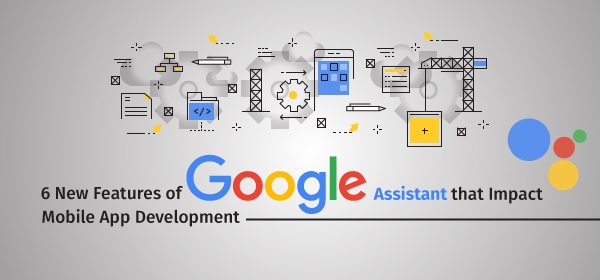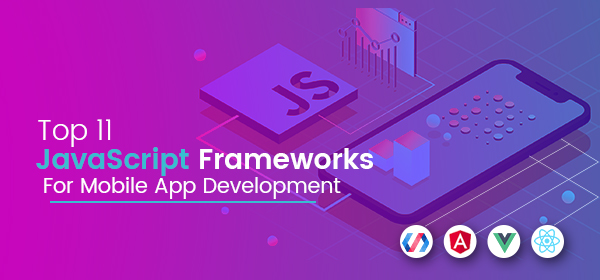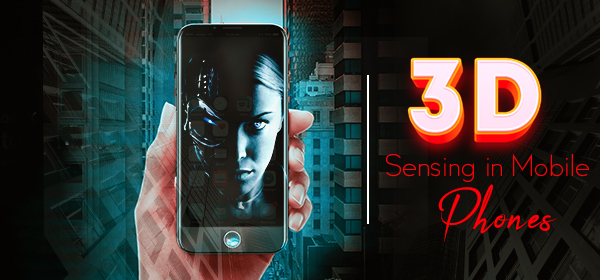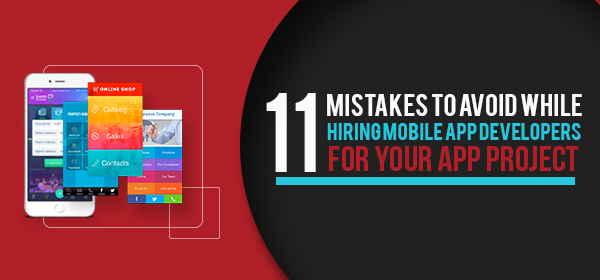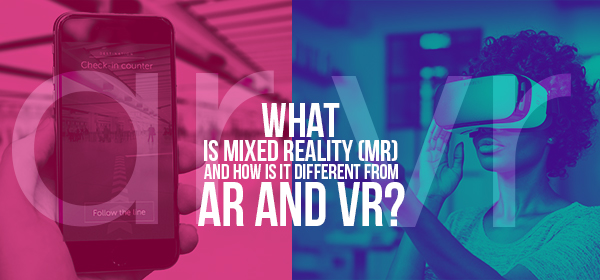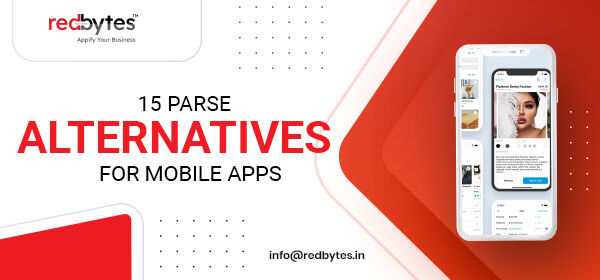Conventional systems and processes of existing social and business economies are riddled with a lot of challenges including cumbersome operations, inaccurate results and sluggish standards.
To avoid errors and control the process, they constantly need intermediaries, causing increase in stress and costs. Blockchain Technology is economical, honest, simplified and more effective solution especially for financial services.
You might have heard of digital currencies like Bitcoin and Cryptocurrency. Blockchain is another innovation that ensures digital transactions are acceptably conducted and maintained.
There are more applications of Blockchain than monetary transactions, and more are being developed. So what exactly is Blockchain and how it will be applied to different industries? Here is the entire gist:
What is Blockchain Technology?
The blockchain is a promising distributed ledger technology that works hand-in-hand with cryptocurrencies like Bitcoin. It creates organized, safe and transparent financial layers between business network and customers, establishing a unique method of transferring and recording huge data.
The data is kept auditable, decentralized and transparent to ensure organizations using the technology remain democratic, efficient, secure and decentralized.
Though Blockchain is still having work-in-progress appearance, it is expected by global tech community and market experts that it may disrupt numerous industries in the next 5 years.
Let’s take a glance at top 11 Block chain applications likely to shape your future business.
1. Insurance Claims Processing

For insurance companies, claim processing can be a tedious and tiring business that may frustrate the investigator teams since it involves assessment of fraudulent claims, complicated data discovery, fragmented sources, past policy records and much more.
Moreover, manual processing can encourage the room for error. The block chain alleviates traditional workloads and establishes a solid system for transparent processes devoid of risks.
It has encryption qualities that allow insurance firms to claim the ownership of the assets being insured.
2. Honest Trade Processes
Traditional nature of trading and managing assets will require working parties to take certain risks and bear more expenses. This gets more risky when it comes to cross-border transactions and deals.
Because brokers and settlement managers involved in the process keep their own records, inefficiencies and inaccuracies are likely to arise.
The block chain ledger technology uses encryption for records and minimizes errors, simplifying the trade and asset management and eliminating the redundant intermediaries.
3. Blockchain-Powered Cloud Storage

Blockchain is likely to disrupt cloud storage in coming years. Since cloud storage services at present are centralized, users are compelled to trust their storage provider who controls their online assets.
Blockchain can tweak the way data is stored and make it all decentralized. Currently, Storj is beta-testing cloud storage that leverages the power of Blockchain to lighten their dependency and enhance security.
With Blockchain, users are allowed to even rent out excessive storage capacity.
4. Cross-Border Payments
The mode of global payments is subject to error, risky and expensive. It is also quite time consuming; you may have to go days until the payment reaches you crossing the border.

The block chain has innovative solution to offer end-to-end remittance services. It has collaborated with remittance companies such as Abra, Align Commerce and Bitspark blockchain-powered payment services.
Santander has successfully integrated blockchain to a payment app to allow customers to make smooth and faster international payments 24 hours a day.
5. Identity Made Simple, Secure and Seamless
For the purpose of paid advertising, online companies share our identity details to advertisers.
The blockchain helps protect your identity by encrypting it and blocks this by creating a secure and protected data point free from spammers and schemers.
Since you can encrypt only less private information, you need to worry less about your digital security.
Blockchain also makes record-keeping seamless, solid and reliable by encrypting your birth and death details. You can track and manage information securely, which keeps you protected from frauds.
Blockchain gives you a digital form of ID that replaces a range of physical identifications like driver’s license, digital passwords, identity cards, keys, passports, social security ID.
6. Smart Contracts
Blockchain is prepared to generate smart contracts in form of obligatory programmable smart contracts presented in a digitized format.
The smart contract system powered by Blockchain technology relieves you from single central authority and avail legal contracts as variable statements that rely on Bitcoin network as a third party executor to release funds.
Effectively revolutionizing traditional lending system, even people with poor credits can invoke unconventional money lenders to receive loan and put their smart blockchain-encoded property as collateral.
They can extricate themselves from showing the history of credits and work or even processing documents manually.
7. Retail
As of today, your joy of shopping is directly attributed to the store or marketplace where products are hosted, which is more of a centralized retail system.
Blockchain-enabled decentralized retail utilities have unique approach and style as it connects buyers and sellers directly eliminating the need for keeping a host marketplace and their associated charges.
This dynamic system will gain from having smart contract systems in place and security of deals and trustworthy reputation.
8. Blockchain Internet-of-Things (IoT)
Using IoT technology, almost any material object can be controlled and treated as a part of Internet of Things when connected with internet or to similar network of objects.
Such interconnected objects or devices are likely to rule the world in future since according to Gartner analysis there will be over 26 billion IoT connected devices by 2020.
Blockchain-powered IoT devices can be automated securely to function independently and take actions based cognitive knowledge.
For instance, your coffee will be brewed by the machine at your suitable time and your oven will automatically cook Turkey for Thanksgiving.
This idea can be adopted by governments for building smart cities on a larger scale and improve our general living.
9. Secure & Sophisticated Healthcare
Your personal health information and updates can be encoded and stored on Blockchain system using a private digital key. You can keep it accessible to specified individuals.
Similarly, healthcare research can be conducted securely and confidential data can be stored on Blockchain.
Apart from this, surgery receipts could also be stored on blockchain and sent automatically to insurers for further claim approval process.
Blockchain ledger can help with supervising drugs, regulation compliance, healthcare supplies and lab test results, enabling secure personal healthcare management.
10. Blockchain Government
Electronic voting system can be manipulated by clever hackers and raise the questions of integrity and security. Blockchain ledger can prevent this incident and act as a barrier to such vulnerabilities with its encrypting capability.
With blockchain embedded in the voting system, individuals could confirm that their votes were successfully transmitted and counted and can nothing is tempered with during the process.

The blockchain approach for electoral voting maintains anonymity of voters through encryption while also saving money for government.
The real-time example of blockchain election process is Liberal Alliance, a political party in Denmark, who was the first to implement blockchain for voting in 2014 – which was the one of the greatest triumph for the technology.
11. Energy Management
Energy marker is going through a tremendous shift when it comes to decentralizing the management and distribution of energy. In a traditional setting, energy producers and users rely on public grid to buy or sell energy.
To transform the centralized energy market, blockchain-powered microgrids can be leveraged to implement peer-to-peer solution for trading energy.
LO3 Energy has developed a system in association with Siemens that allows trading of solar energy locally in peer-to-peer fashion, with its first 50 physical units already tested in Brooklyn.
The project has smart meters for tracking energy production and consumption and smart contracts for transactions.
TransactiveGrid is another start-up in this industry that uses Ethereum to allow customers to trade energy with each other.
Conclusion
For blockchain to work and function as a powerful solution, it is essential that there is a solid agreement from node-to-node network to comply with ethical standards.
Currently, many of these blockchain applications are still in developing phase and will be applied to society and economy experimentally in next couple of years.
The bottom line is that Blockchain is growing fierce and ferocious in its ability to transform businesses, establish fair trading systems, decentralize store and democratize social and economic system.


















